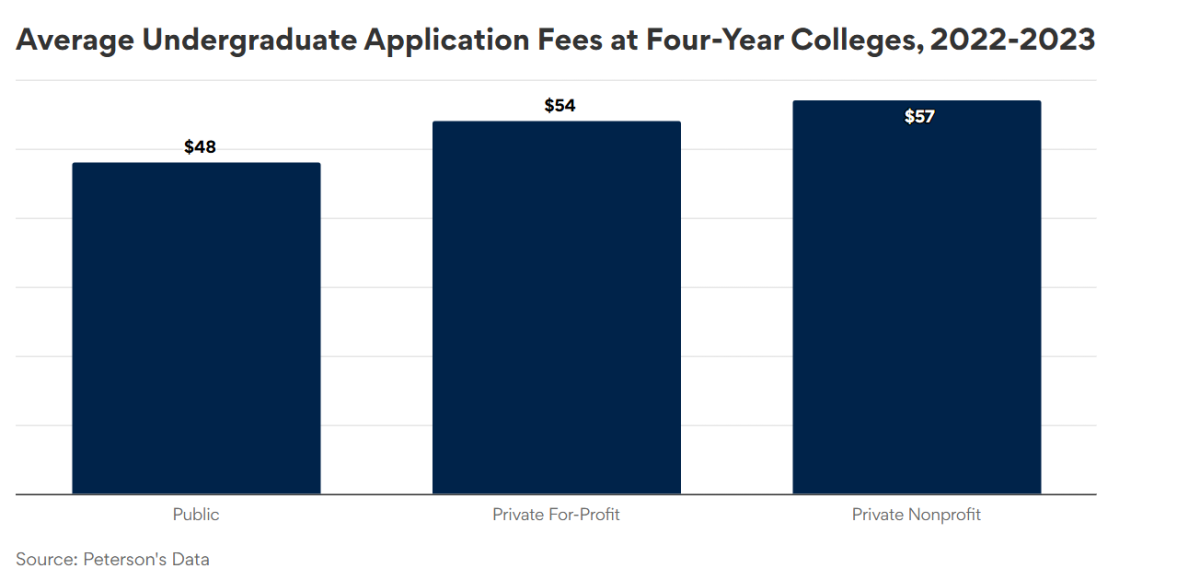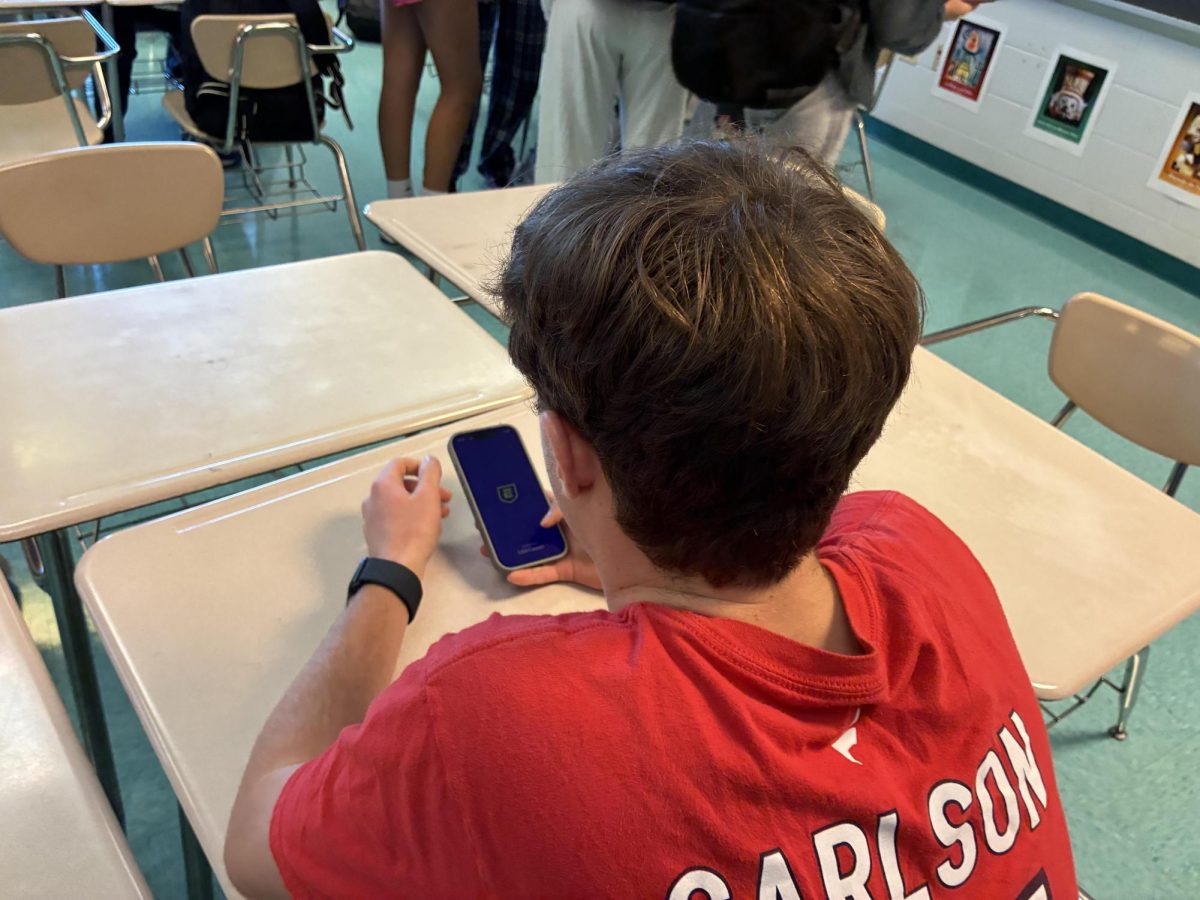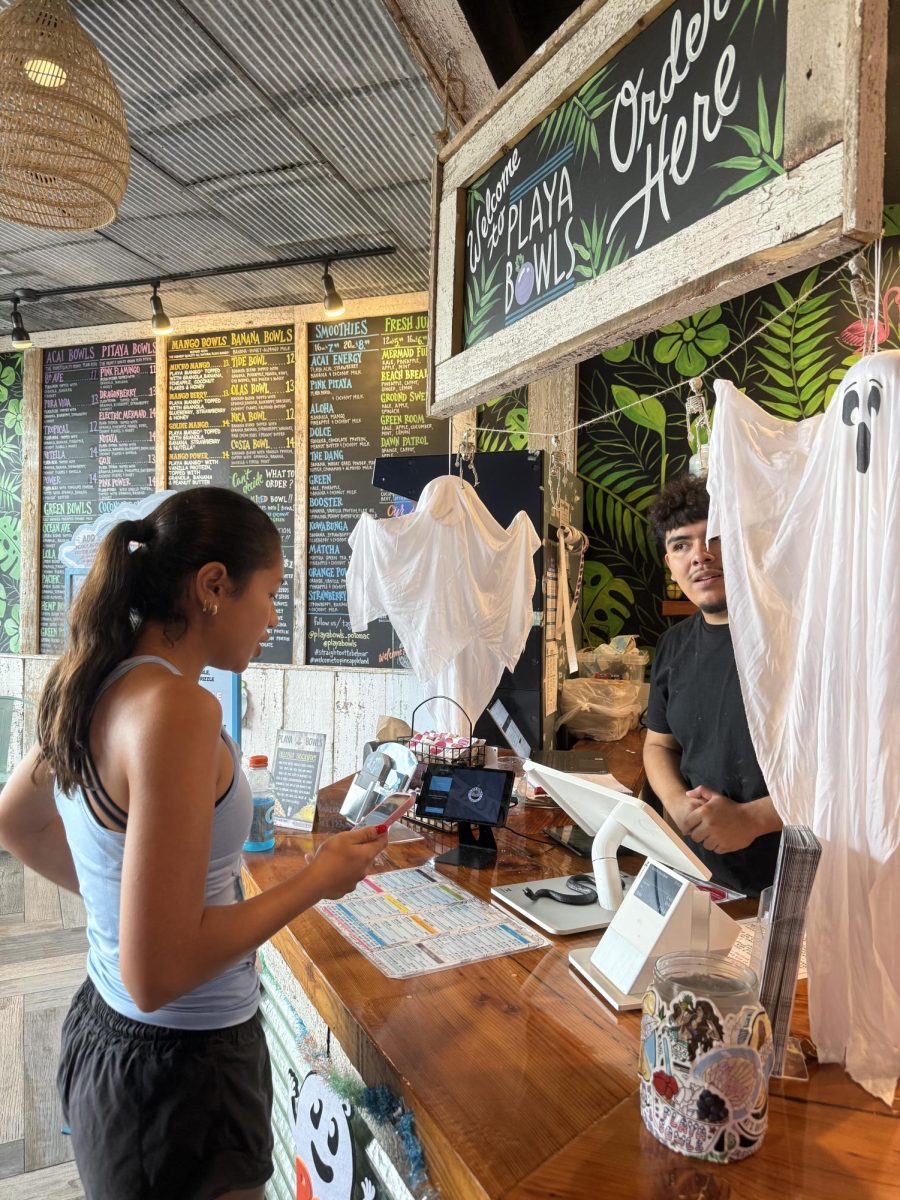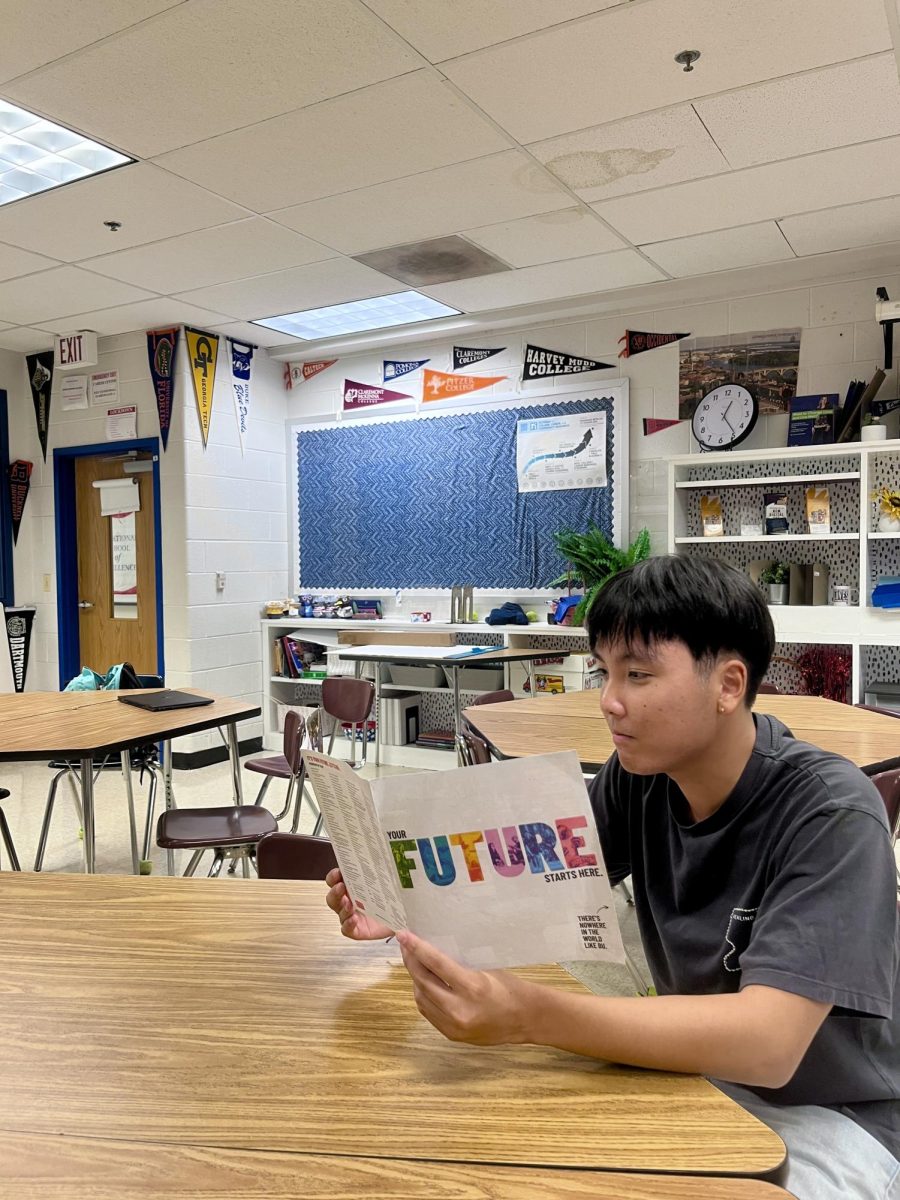This isn’t your average PSA on how students don’t get enough sleep. My purpose is not to tell you to stop procrastinating or stop watching Tasty videos. This article is simply shedding light on the abundant number of students who dedicate their afternoon to the greatest extracurricular: naps.
School can be exhausting. Getting through most days is a challenge. The battle between heavy eyelids and alertness is the ultimate fight. Seasonal depression and the February Funk sets in. The appeal of sleep is too enticing to resist given all these factors. The reasons for afternoon napping include exhaustion, avoidance, addiction, habit, procrastination and killing time before dinner.
The start of spring sports affects the rate of students who take afternoon naps. The better weather lifts the spirit and mood of students. Students are more likely to choose going out with friends after school over going straight home to take a nap in all seasons excluding winter. “Winter time we definitely see more kids because they are sick,” school nurse Unni Stokkeveg said.
In Latin America there’s a word for these magical healing slumbers. A siesta is a legitimate cultural practice. Our society conforms standards of studying and working after school that are just unrealistic. We should embrace the practices of our friends below the border because they are doing it right.
The danger of afternoon naps is that they can become habitual. After 26 students were surveyed, it was found that the majority of students either take their afternoon naps every single day, or not at all. “I take a nap after school every day,” Blum said.
Stokkeveg sees an average of about five to six students every day who come in and exercise their privilege to take a timed 20-minute nap. After that, it’s the boot, or an unexcused absence. In all fairness, those who make a habit of leaving class to nap shouldn’t be consistently excused from the lesson or work as if they were sick. “If they are just too exhausted and they haven’t slept and they’re not feeling good they get a 20-minute rest,” Stokkeveg said.
A debt more dangerous than money that touches the lives of every teen, every day of the school year is sleep debt than monetary, a scientifically-proven threat as shown in a study done by Harvard Health. Getting less than nine hours accumulates as debt until there is a sizable deficit by the end of the week. The body needs that sleep, and a common way students avoid the loan sharks coming for their hours is taking afternoon naps. “I get about four to five hours a night,” sophomore Shayna Smith said.
Rena Edery
Staff Writer







![Editors-in-Chief Ahmed Ibrahim, Helen Manolis, Cameron Cowen, Alex Grainger, Emory Scofield, Hayley Gottesman, Rebekah Buchman and Marley Hoffman create the first print magazine of the year during the October press days. “Only a quarter of the schools in MCPS have programs that are like ours, a thriving, robust program. That makes me really sad. This is not just good for [the student journalists] to be doing this, it’s good for the entire community. What [student journalists] provide to the community is a faith in journalism and that continues for their lifetimes," Starr said.](https://woottoncommonsense.com/wp-content/uploads/2025/10/wmpoFTZkCPiVA3YXA4tnGoSsZ4KmnKYBIfr18p3l-900x1200.jpg)
